It is difficult to classify roses; it is unlikely that it will be possible to describe everything: there are more than three hundred species, varieties, and forms of this plant. Wild species (rose hips) are distributed from the Arctic Circle to subtropical zones. These are deciduous and evergreen shrubs from 30 cm to two meters in height, vines with long thin shoots that cling to a support or creep along the ground.
Compound leaves consist of 3-13 leaflets.The shoots are usually covered with thorns of various shapes and sizes. Bisexual flowers are often collected in inflorescences - corymbose or paniculate. Wild flowers have five petals; cultivated flowers can have more than a hundred petals. The fruits of the plant cannot be confused: red or purple nuts with an overgrown receptacle.
Most species bloom once, while some bloom continuously, since buds form on the growing shoots of the current year.
Just two centuries ago, roses that bloomed once were grown in Europe. Later, hybridization of European species with East Asian ones made it possible to obtain re-flowering varieties. They became the beginning of the main groups of modern roses. Now there are more than 30 thousand varieties in the world. To make it easier to navigate such diversity, plants were divided into three main groups:
- Species
- Vintage park
- Modern
Species roses
These are wild shrubs that we know as wild roses. Many bloom once with simple flowers. But their undemandingness to growing conditions, care, disease resistance, decorativeness of the bushes, and high winter hardiness contribute to their widespread use in landscaping parks, gardens, and public gardens. Therefore, they can rightfully be called park roses.
The species also includes wrinkled rose (rugosa)
A shrub 1-2 m high with dark green leaves and very fragrant flowers. In spring it blooms on the shoots of last year, and continues to bloom on the shoots of the current year. Rugosa is often used in hybridization; many hybrids of park roses with double red, white, pink and even yellow fragrant flowers have been created on its basis.
Rose femoralis
A compact, dense shrub up to two meters high with cream, white, pink, single and semi-double fragrant flowers, single or collected in inflorescences.
Common rose, canina, or dog rose
Plant up to three meters tall with arched shoots. Simple white-pink flowers are collected in 3-5 inflorescences. Varieties of this rose are often used as rootstock.
Vintage park roses
They were very popular in the first half of the last century. Recently there has been a renewed interest in them. Gallic, damask, centifolian, and mossy plants belonging to this group are compact shrubs up to one and a half meters high, blooming once with pink, red, purple flowers (from not double to very double).
Chinese roses
The first of the re-blooming ones, brought to Europe from China. Bushes up to half a meter high almost continuously bloom profusely with red, pink semi-double and double flowers - single or collected 2-3 in loose inflorescences.
Antique roses also include tea rose
A long-lasting, repeat-blooming shrub with large, graceful, fragrant flowers in soft pink, cream, and yellow shades.
This same group includes remontant roses
Appeared in the 40s of the 19th century as a result of numerous crossings. From Damascus, Gallic, tea, Bengal and others, they inherited all the best: tall bushes, the ability to re-bloom, decorativeness, aroma, frost resistance, disease resistance. Some of the varieties are still grown today.
Description of modern types of roses
Created after 1867, this year is considered the year of birth of the first variety of hybrid tea rose - La France, obtained by crossing a tea rose and a remontant rose.
Hybrid tea roses
They have an appearance that is well known to modern flower lovers: chiseled elongated buds that open into large flowers of pure or mixed colors, with and without scent. Hybrid tea rose is a rose in its classic version. But it requires good growing conditions and does not always produce many flowers, so not all of its varieties are suitable for growing in the garden.
Polyantha roses
Multi-flowered with small rosettes (usually pink and red, but can also be white, orange), collected in large inflorescences of 20-100 pieces or more. Bushes of different varieties are from 30 to 60 cm tall, compact. Flowering is abundant and long lasting.
Floribunda
A group that includes plants from dwarf (30 cm) to tall (120 cm) with large flowers (8-9 cm or more), collected in few-flowered (5-7) and multi-flowered (130-160) inflorescences. The flowers are from cup-shaped to goblet-shaped and of various colors: white, red, orange, yellow, two-color, changing during flowering. While inferior to hybrid teas in elegance, floribunda surpasses them in the number of flowers, duration and almost continuity of flowering. Easier to care for.
Grandiflora
A group of varieties comparable in duration and abundance of flowering to floribunda, and in shape and size to hybrid teas. In terms of winter hardiness and growth vigor, they are superior to both the floribunda group and the hybrid tea group.
Miniature roses
They are compact bushes 15-45 cm high with small leaves and medium-sized (2.5-5.0 cm) flowers - single or collected in inflorescences. Modern miniatures are varied in color and flower shape. Among them there are climbing, cascading, fragrant mini-roses.Miniature roses are used to create low borders, planted in rockeries, and grown indoors. You can see the image of these beautiful flowers in the photo.
Ground cover roses
Shrubs with long, whip-like, creeping or rigid, arched, densely leafy shoots that tightly cover the soil. White, pink or red, simple, semi-double or double flowers of medium size are collected in inflorescences. They bloom profusely and for a long time. Winter-hardy, disease resistant.
climbing roses differ from bush ones, approaching the type of growth and development to liana-like shrubs.
Small-flowered climbing
Plants with numerous flexible creeping or arching shoots that develop from adventitious buds at the base of the bush. The three to five meter shoots that grow during the season must be preserved, because they bloom on the shoots of the previous year. Peduncles with large paniculate inflorescences are formed along the entire length of the shoots. Flowering is once, but very abundant. Small flowers (2-3 cm in diameter) remain decorative for 2-3 weeks. There are varieties with white, pink, red, and purple flowers.
Large-flowered climbing
They stand out for their large flowers, similar in shape and structure to hybrid tea and floribunda roses. Collected in loose inflorescences of several pieces. The bushes of most varieties are no higher than two meters. Many bloom again.
English roses
A tribute to the returning fashion for ancient park roses. Obtained as a result of crossing Gallic, Damascus and Centifolia roses with hybrid tea, floribunda, and climbing roses. From ancient varieties, Englishworts inherited the growth pattern, shape, and aroma of inflorescences, and from modern varieties - the color of flowers and the ability to re-bloom.Apricot, pink, yellow, dark red double flowers, almost square in the center, very fragrant.
Rate this article:
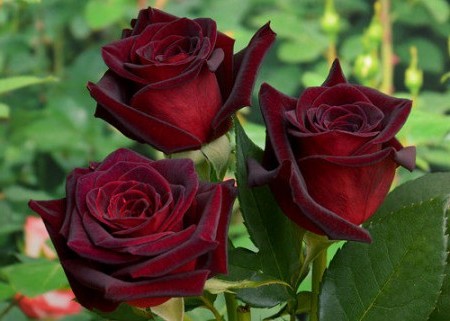
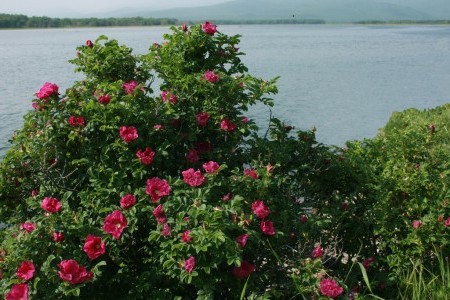
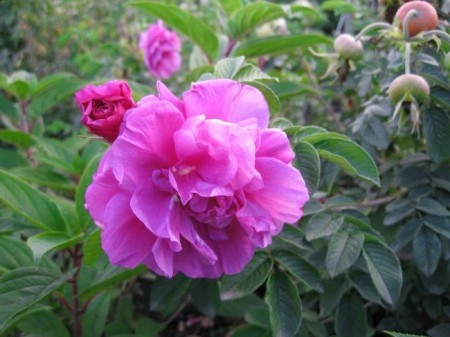
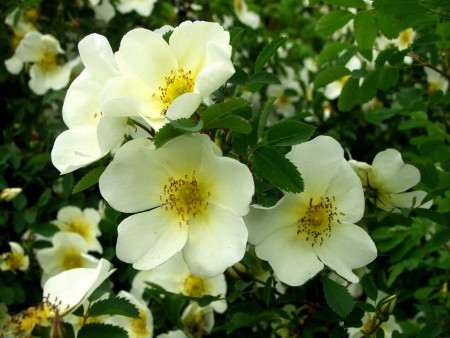
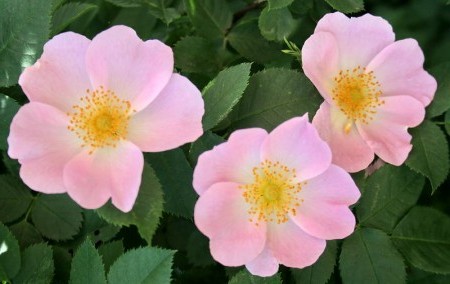
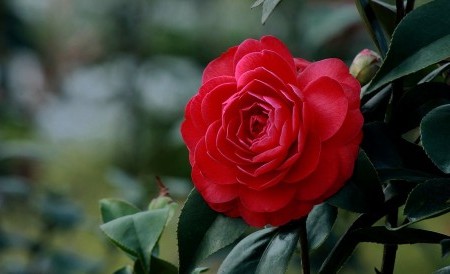
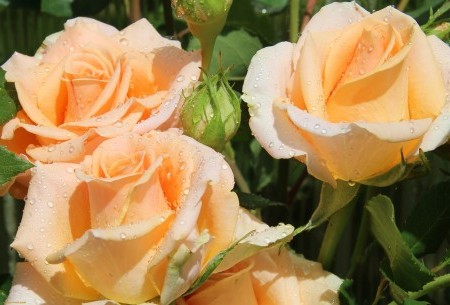
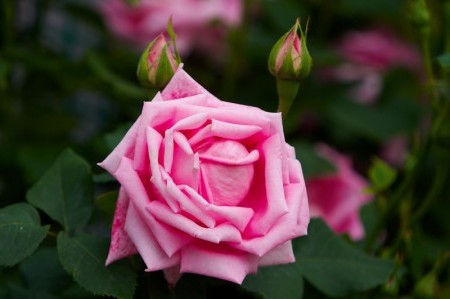
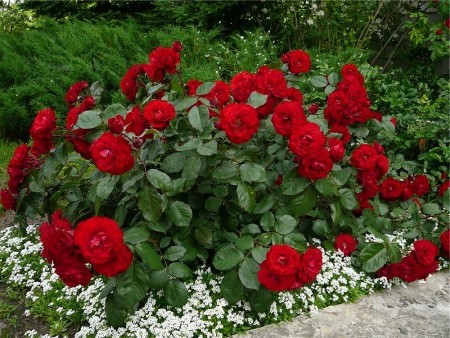
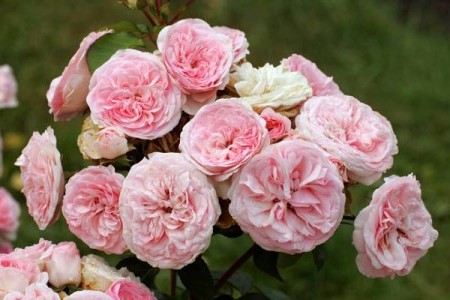
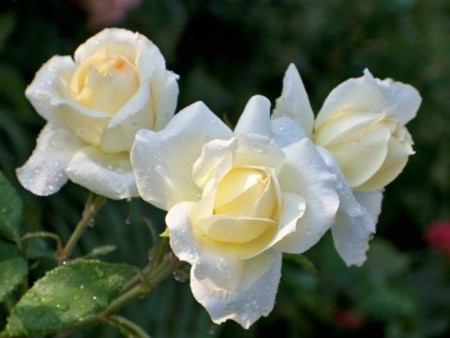
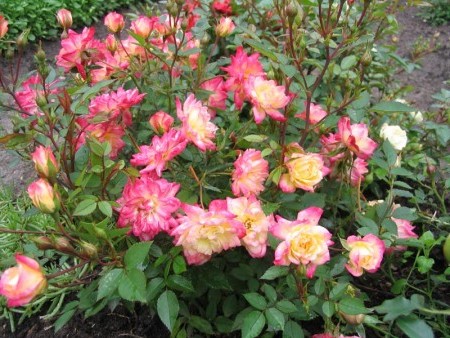
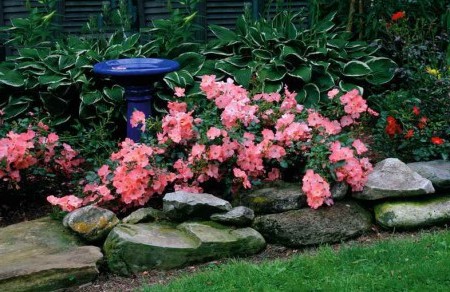
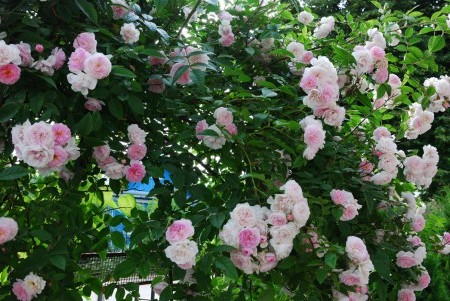
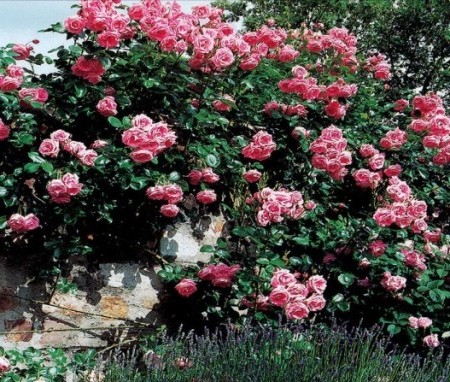


 (3 ratings, average: 4,67 out of 5)
(3 ratings, average: 4,67 out of 5) CUCUMBERS NEVER GET SICK, I'VE BEEN USING ONLY THIS FOR 40 YEARS! I SHARE A SECRET WITH YOU, CUCUMBERS ARE LIKE THE PICTURE!
CUCUMBERS NEVER GET SICK, I'VE BEEN USING ONLY THIS FOR 40 YEARS! I SHARE A SECRET WITH YOU, CUCUMBERS ARE LIKE THE PICTURE! You can dig a bucket of potatoes from each bush. Do you think these are fairy tales? Watch the video
You can dig a bucket of potatoes from each bush. Do you think these are fairy tales? Watch the video
 How our fellow gardeners work in Korea. There is a lot to learn and just fun to watch.
How our fellow gardeners work in Korea. There is a lot to learn and just fun to watch. Eye trainer. The author claims that with daily viewing, vision is restored. They don't charge money for views.
Eye trainer. The author claims that with daily viewing, vision is restored. They don't charge money for views. A 3-ingredient cake recipe in 30 minutes is better than Napoleon. Simple and very tasty.
A 3-ingredient cake recipe in 30 minutes is better than Napoleon. Simple and very tasty. Therapeutic exercises for cervical osteochondrosis. A complete set of exercises.
Therapeutic exercises for cervical osteochondrosis. A complete set of exercises. Which indoor plants match your zodiac sign?
Which indoor plants match your zodiac sign? What about them? Excursion to German dachas.
What about them? Excursion to German dachas.
Due to the variety of types of roses, they are quite easy to cultivate both in garden plots and indoors, they have firmly secured the title of the most popular decorative flower. Let's get to know these mysterious beauties a little, types of roses with photos and descriptions.